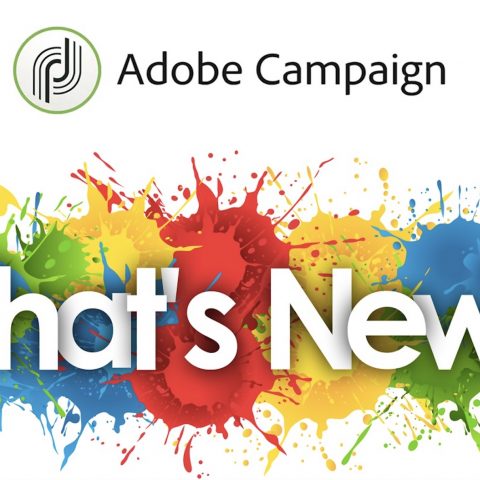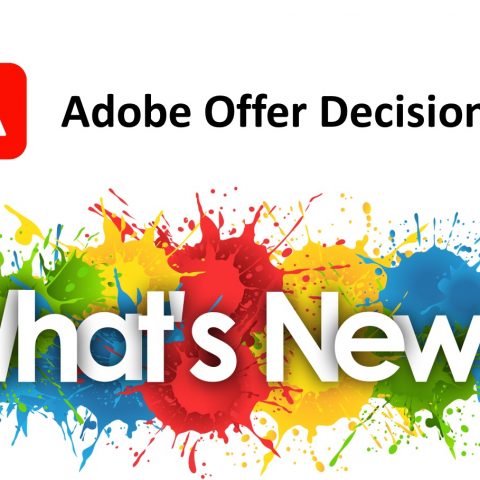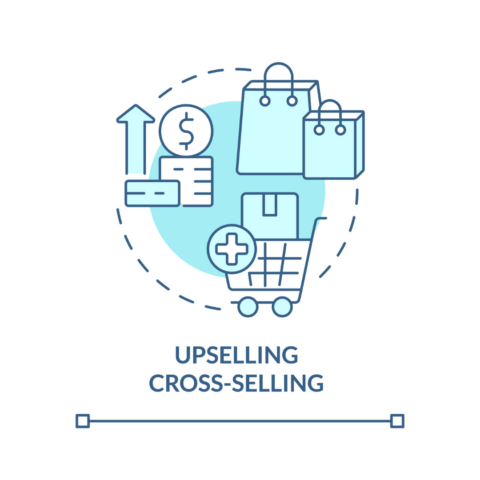
What is Customer Segmentation?
As the name suggests, customer segmentation (or audience segmentation) is all about dividing up your customers into specific groups based on shared characteristics. When done well, customer segmentation allows marketers to effectively target each group with relevant information and marketing materials, helping to boost campaign results. It can also make it easier to spot product and service improvements, upsell opportunities and will help to establish a better customer experience and customer relationship overall.
Is there a Customer Segmentation Ceiling in Adobe Campaign?
If you’ve been using Adobe Campaign for a while, you know that the platform offers great flexibility in terms of building custom segments. You can create filters on any of the relational data points that are in the system and visually build a workflow to facilitate the intersection, exclusion, or union of any such segment. To be fair there isn’t much that is not technically possible.
But the challenge is not in what is technically possible but what is pragmatically possible and manageable on a day to day basis, especially when the norm is to aim for the ultimate personalisation, the segment of 1.
“The challenge is not in what is technically possible but what is pragmatically possible”
In practice, segments get multiplied and so does the complexity in managing them. There comes a point when it doesn’t make business sense to keep going further and a ceiling is reached. Where do you go next?
Reaching the Ceiling: How does Audience Segmentation Evolve?
Let’s step back and look at why we typically reach such a situation. To do so, we can start with understanding how segmentation evolves with the availability of data:
– Level 1: The full Base.
Everyone gets the Newsletter.
– Level 2: Simple Data point segment.
All men over 18 in my DB. It’s a good way to start adapting the audience based on the profile.
– Level 3: Complex Data points.
Also include behavioural data from related tables such as web tracking and orders.
– Level 4: Derived segment.
For example based on an RFM score or other aggregated/calculated values. The idea is to derive some meaning from a trend or multiple data points through time.
At this point, there are as many ways to cut a segment as there are people in the Database. Of course, we can create additional workflows, exclusions, exceptions, etc… but there comes a time when creating enough content becomes an issue and when the complexity of creating and managing the audiences becomes a burden for the CRM team.
“Content creation and managing audiences eventually becomes an issue”
By-Passing the Ceiling: Strategies & Tools for Effective Customer Segmentation
In an ideal world, we would love to truly communicate to our customers on a one-to-one basis but the cost of doing it manually is prohibitive. Whilst we do not want to treat everyone in the same way, there also needs to be automation.
We have already seen successful examples of this. For instance, with inbound triggered interactions with the customer, we have triggers. These triggers are automated but still operate on a one to one basis by definition and are easy enough to personalise based on the event itself.
Ultimately, the customer segmentation issue arises with the topical communications. To address it, there are various schools of thoughts here which broadly can be split into 3 categories:
The Personalisation Approach
The personalisation approach assumes everyone should get a message that contains personalised elements. The idea is good, and it does work better than a generic email, but it comes with a serious limitation as its effectiveness mostly relies on explicit intent being available. If the customer has not recently browsed the site for example, how valid is the personalisation? Once you start digging and deviating from the basic use-case, there are a lot of shortcomings.
Affinity or Propensity driven audience
Another approach is to go for the Affinity or Propensity driven audience. Here we start from a topic (a product category for example) and we use machine learning to identify the audience with the highest propensity to be interested in the product. The difficulty is that not all models are equal. This can be complex if you don’t have the skills or the tools but doing it well can provide a massive uplift and completely change how to drive the marketing agenda.
Next Best Action/Content engine
Finally, there is a functionality in Adobe Campaign called Interaction, which is a Next Best Action/Content engine. This can be used to personalise communication while also following rules that are more advanced and better controlled than a personalisation engine. More importantly the content is driven by the user and can follow business priorities. The engine can also use propensity scores to prioritise content.
The Best Approach to Customer Segmentation?
There is no single answer to this question. However, if you are looking for the best starting point, our advice is to first look at the various levels of segmentation. Begin by leveraging the depth of your dataset as described in the Level 3 and 4. Once you have reached the glass ceiling, it is time to explore other options. We certainly have experience of what works best depending on the circumstances, it is not a one-size fits all.
Customer segmentation is something we can explore through a workshop or on a call, get in touch to see how we can help you.
——-



